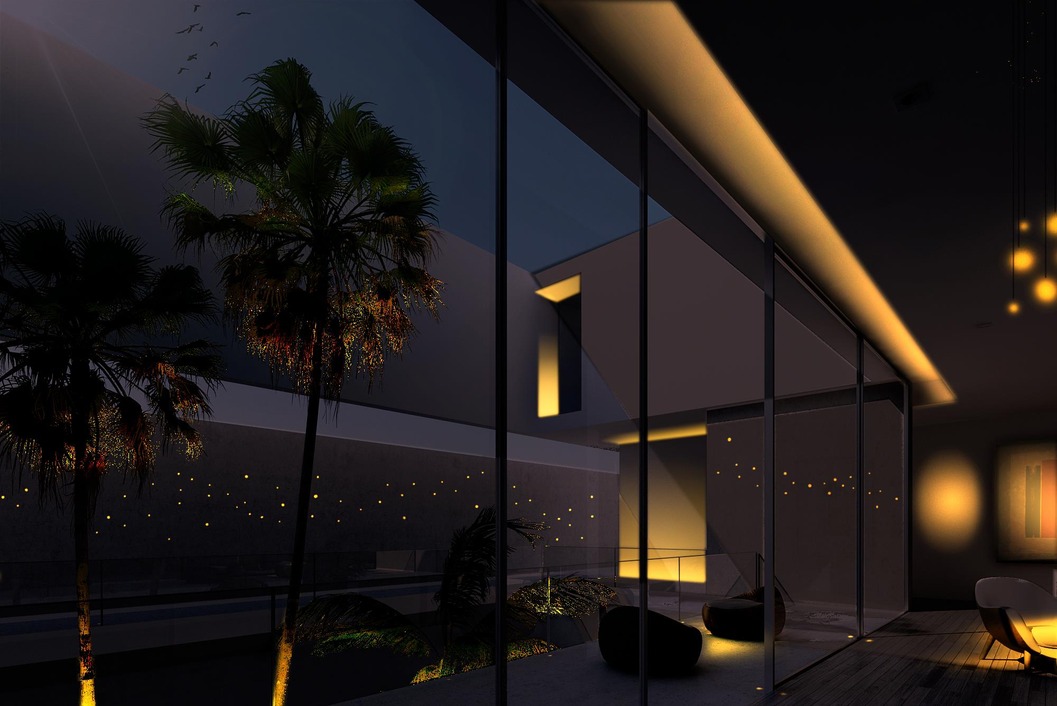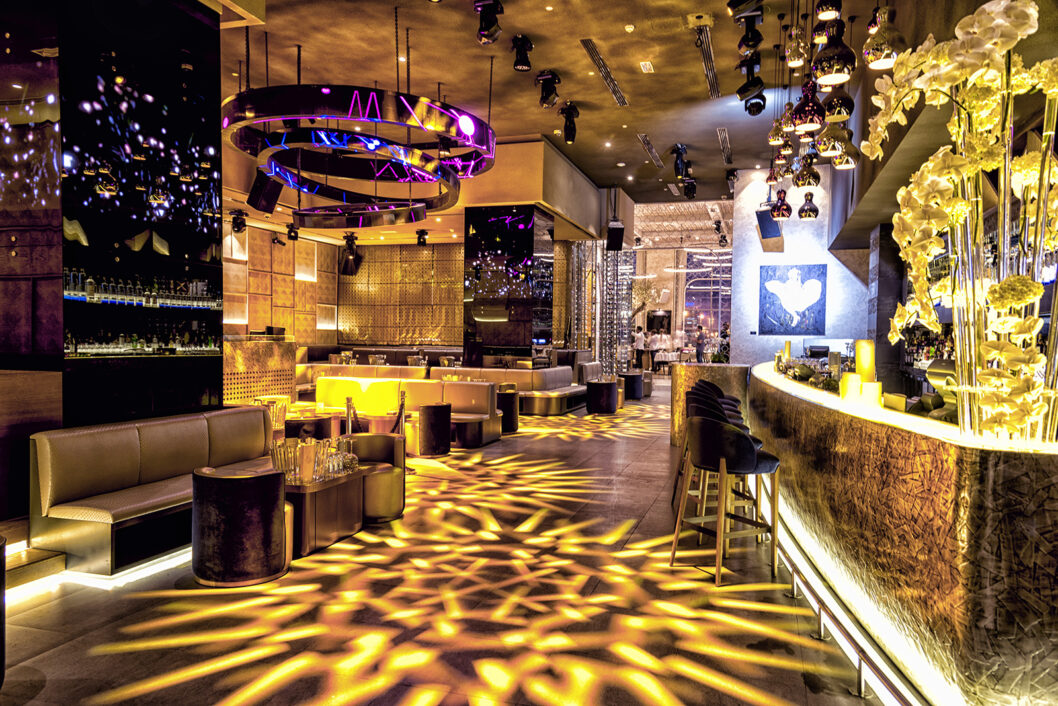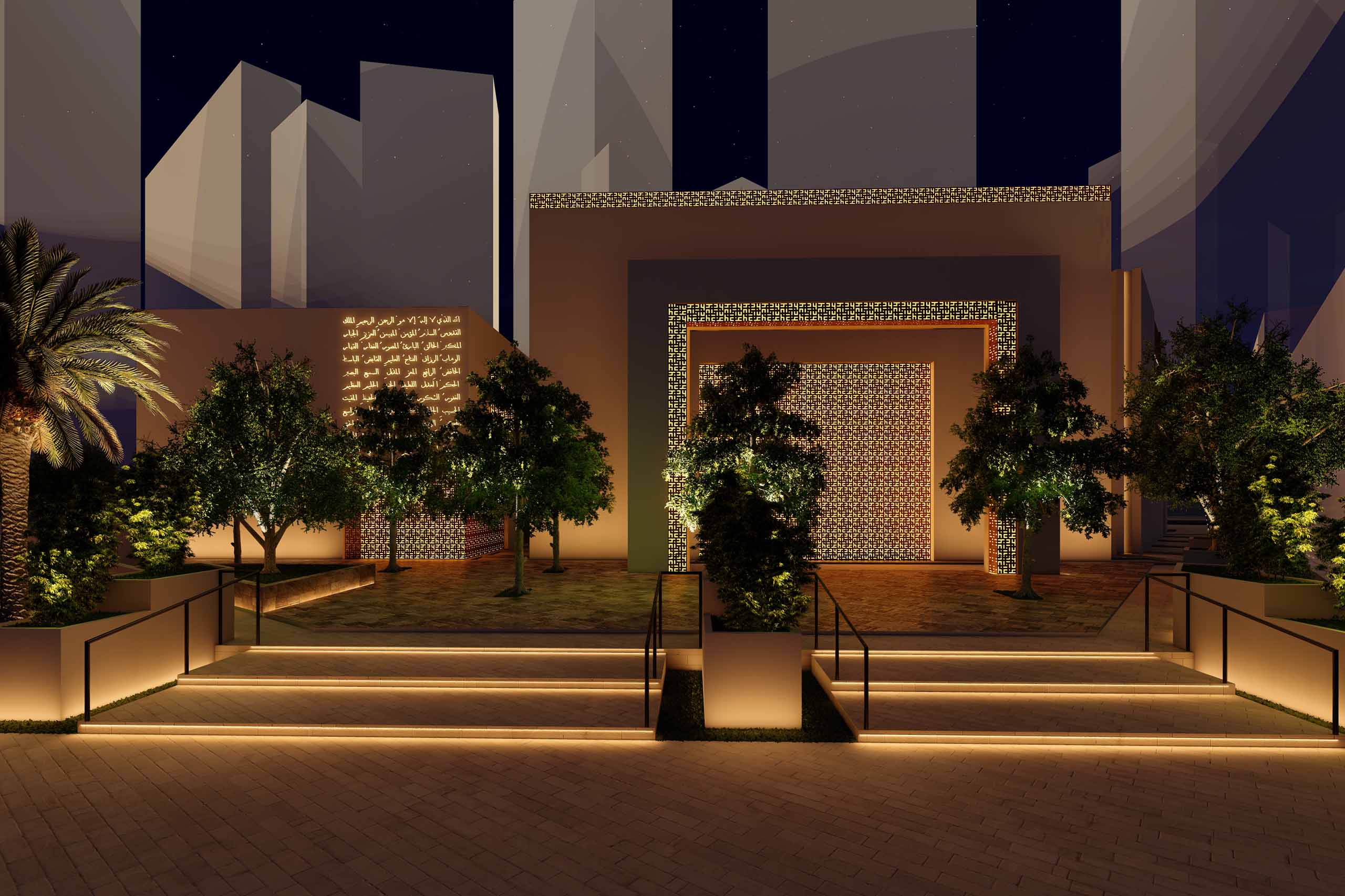Pro Lighting Strategies, Tips and Tricks
May 25, 2023
Light.Func introduces you to five key elements of lighting design best practice.
Professional lighting design is a highly skilled arena with many years of study and experience forming the cornerstone of successful lighting schemes. So when it comes to lighting your commercial or residential space effectively, you’ll certainly want to consult the experts! However, there are a few key elements that will help ignite your spark of lighting creativity and steer your project in the right direction. Let’s focus on our Top 5 to get you started.
-
- Natural light
Natural light is an invaluable tool to shape and enrich your space. The best lighting schemes start with a careful study of the natural light available. Bringing natural light into your space using exterior glazing such as windows and skylights can reduce the need for artificial lighting and save energy – not to mention looking fabulous! - Ambient lighting
Think of ambient lighting as the foundation of light within your environment. As well as providing basic functionality to ensure that you can use the space comfortably, ambient lighting enhances the feeling of warmth and depth of your space. Traditionally, overhead lighting such as chandeliers, recessed lights, and track lights, can all be used to create effective ambient lighting. The best lighting designers rely on interior and architectural detailing to create overall ambience. - Colour temperature
Colour temperature describes how warm or cool a white light is as seen by the human eye. Warm light will create a cosy, gentle, inviting ambience, perfect for bedrooms, lounges, family rooms, dining areas or any space that requires an intimate and personal feel – think Hospitality! For kitchens, bathrooms or workspaces, neutral and soft white are sometimes preferred for a friendly and clean light. And, for offices, hospitals or other commercial spaces where functionality is a priority, cool light will work best at certain times, grading down to warm light – also bringing into play the Circadian mystery. - Lumens
Put simply, lumens are a measure of the total quantity of visible light from a lamp or light source. A higher lumen rating means a brighter and more energy-efficient lamp. Consider the dimensions of your space and the activities that will develop there to select the right bulb or light source. - Accent lighting
If you want to make those unique architectural features pop, accent lighting is a great investment. Consider it the ‘icing on the cake’ of your lighting design scheme: when you have all your key foundational elements covered, of course. When used effectively, accent lighting can make all the best features of your home come alive. With the right creative input and technical know-how, this type of light can be a piece of art in itself.
- Natural light
And, your bonus tip:
- Functional lighting
With all the best creative vision in the world, if you can’t use the space safely and comfortably for the tasks at hand, your scheme will have fallen short. From lighting entrances, exits, and stairwells to illuminating exhibition and workspaces for detailed tasks, your functional light should support and enrich the user experience at every level.
Having a light bulb moment? For exceptional, professional lighting design advice contact us today:
Tanzania
UAE
UK




